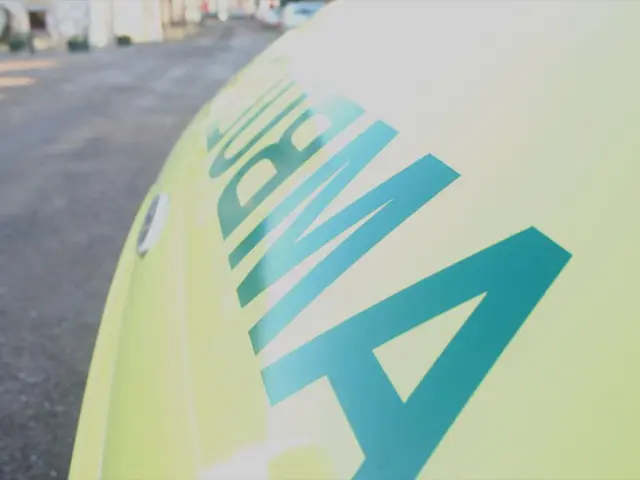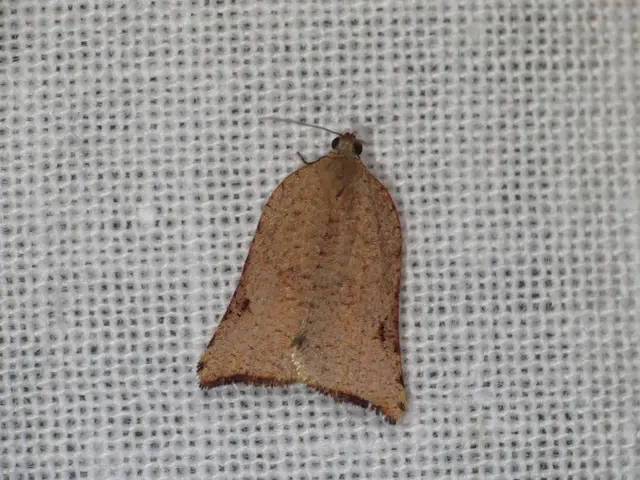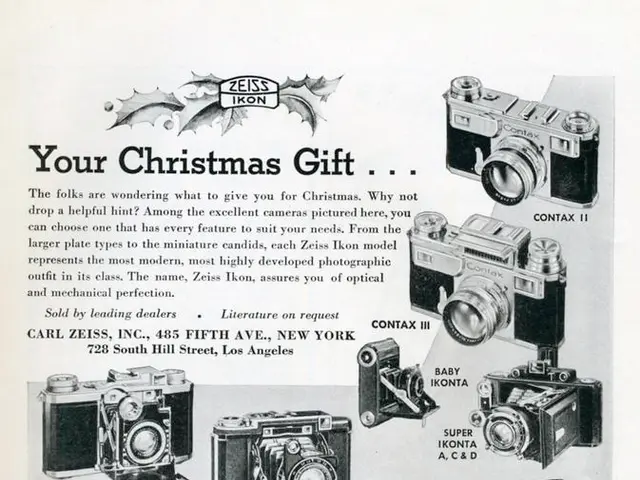A Fresh Perspective on Albrecht Dürer's Iconic Work
Digital Artwork of Dürer's 'Rhinoceros' Sculptures Transfered to Bitcoin Blockchain by the British Museum
Albrecht Dürer's iconic 1515 masterpiece, "The Rhinoceros," is getting a modern twist thanks to a collaboration between Asprey Studio and the British Museum. This partnership is bringing the storied piece into the digital age, combining traditional craftsmanship with cutting-edge blockchain technology.
A set of 11 exquisite 40cm sterling silver sculptures, inspired by Dürer's original work, will be for sale, accompanied by a digital inscription on the Bitcoin blockchain. Each sculpture will feature a "parent/child inscription" that serves as a modern family tree of provenance, ensuring the sculptures' history and ownership are transparently and securely documented.
"The Rhinoceros" digital inscriptions will be forged in full block, as Asprey Studio Chief Creative Officer Ali Walker explained, establishing a parent-child relationship between Asprey Studio, the British Museum, and the sculptures themselves. Buyers will receive their digital inscription before receiving the physical sculpture, as the elaborately crafted solid silver pieces take several months to produce.
Durect's Decrypt reports that creating these one-of-a-kind sculptures was no easy feat. Asprey Studio first sculpted the rhinoceros digitally before determining how to cut it into manageable pieces for welding. Few artisans in the UK possess the skills required to undertake this demanding process, Walker shared.
A Pioneering Mind: Albrecht Dürer
Born in 1471, Albrecht Dürer was not just an artistic innovator but also a pioneer of the German Renaissance. He blended emerging printmaking technology with new discoveries in optics and anatomy to create groundbreaking works.
Despite having never seen a live rhino, Dürer completed "The Rhinoceros" print based on a Portuguese merchant's newsletter. He was trailblazing even in his time, creating self-portraits before anyone else, producing wood block prints to generate income, and designing a monogram that served as his very own logo.
Dürer even brought the first art-specific intellectual property lawsuit in Venice, asserting his rights as an artist and defending his work against unauthorized copies. His fiery rhetoric against print-thieves would likely resonate in the modern art world, where artists employ NFTs to secure provenance and confront issues surrounding AI and copyrighted works.
Walker suggests that Dürer would feel right at home in today's art scene, where technology is used to enhance authenticity and preserve artwork. That sentiment aligns with the project's goal of integrating blockchain technology to ensure the sculptures' longevity and provenance.
However, Walker clarifies that Dürer's original drawing will remain unchanged and will not transform into an NFT simply because it is recorded on the blockchain. The project involves creating a fresh interpretation of the piece, with the original drawing remaining safely within the museum's possession.
The British Museum's Venture into Web3
The British Museum has already dipped its toe into the digital art world and Web3 projects. Back in 2021, the esteemed institution partnered with French startup LaCollection to release a range of NFTs based on artworks from its collection, including pieces by Hokusai and Turner.
Two years later, the British Museum linked up with metaverse gaming platform The Sandbox, planning to offer immersive experiences within its own metaverse space in the online game world. By collaborating with Asprey Studio on the Rhinoceros project, the museum continues to explore the intersection of traditional art and the modern digital realm.
In a world where art is increasingly defined by technology, the partnership between Asprey Studio and the British Museum exemplifies the melding of tradition and innovation. The project leaves an indelible mark on the digital art landscape, showcasing the possibilities of artistic preservation through modern digital technologies.
[1] Blockchain News: https://www.blockchainnews.co/[2] The Art of Forgery, Noah Charney[3] The Sandbox: https://thesandbox.game/[4] LaCollection: https://lacollection.io/[5] Andrew Hayward, Daily Debrief Newsletter, Walrus[6] Decrypt: https://decrypt.co/
- Albrecht Dürer's digital rhinoceros sculptures, created by Asprey Studio, will be accompanied by a "parent/child inscription" on the Bitcoin blockchain, ensuring their provenance and ownership.
- In the modern art world, artists like Dürer are employing NFTs to secure provenance and confront challenges with AI and copyrighted works, reminiscent of Dürer's legal battle against print thieves in the Renaissance.
- Asprey Studio and the British Museum have combined traditional craftsmanship with blockchain technology in their partnership to bring Dürer's iconic rhinoceros into the digital age.
- The collaboration between Asprey Studio and the British Museum continues to explore the intersection of traditional art and the modern digital realm, giving a fresh perspective to Albrecht Dürer's work.
- The British Museum has ventured into the digital art world and Web3 projects, partnering with platforms like The Sandbox and French startup LaCollection, offering immersive experiences and NFTs based on artworks from its collection.
- The integration of blockchain technology in this project signifies the potential for artistic preservation through modern digital technologies, showcasing the melding of tradition and innovation in the art world, much like the fusion of printmaking, optics, and anatomy in Dürer's groundbreaking works.




